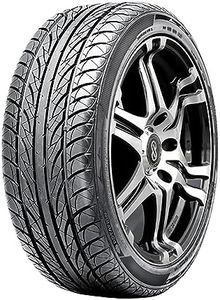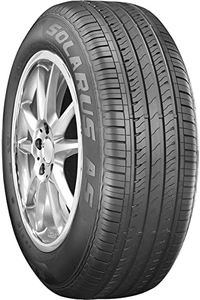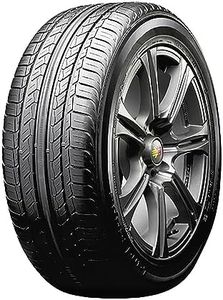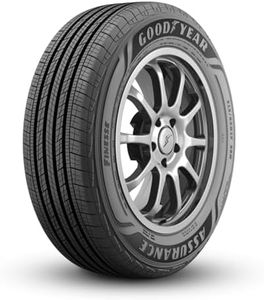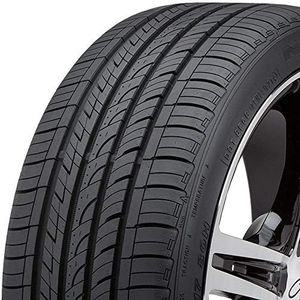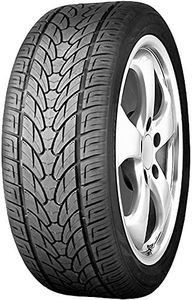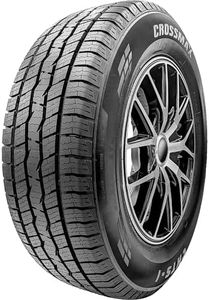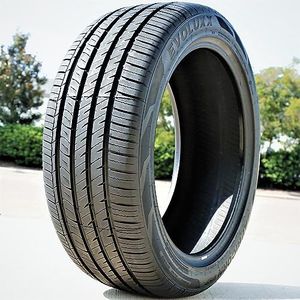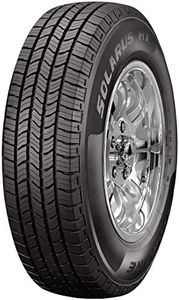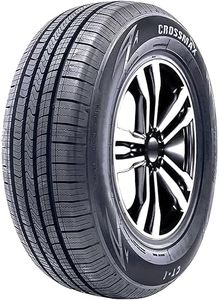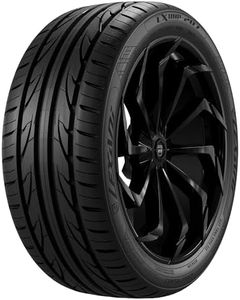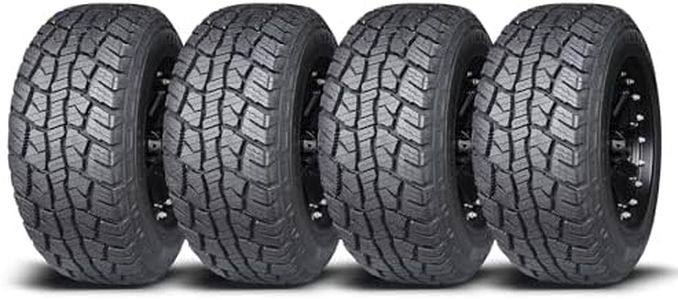 VERIFIED
VERIFIEDWe Use CookiesWe use cookies to enhance the security, performance,
functionality and for analytical and promotional activities. By continuing to browse this site you
are agreeing to our privacy policy
How do we rank products for you?
Our technology thoroughly searches through the online shopping world, reviewing hundreds of sites. We then process and analyze this information, updating in real-time to bring you the latest top-rated products. This way, you always get the best and most current options available.

Buying Guide for the Best Tires
Choosing the right tires for your vehicle is crucial for safety, performance, and comfort. Tires are the only part of your vehicle that make contact with the road, so selecting the right ones can significantly impact your driving experience. When picking tires, consider factors such as the type of driving you do, the climate you live in, and your vehicle's specifications. Here are some key specifications to help you make an informed decision.Tire SizeTire size is a combination of numbers and letters found on the sidewall of the tire. It includes the width, aspect ratio, and diameter. This spec is important because it ensures the tire fits your vehicle properly. To navigate tire sizes, look for the sequence like 205/55R16. The first number is the width in millimeters, the second is the aspect ratio (height to width), and the last is the diameter in inches. Choose a tire size that matches your vehicle's manufacturer recommendations for optimal performance and safety.
Tread PatternThe tread pattern refers to the design of the grooves and ridges on the tire's surface. This spec is important because it affects traction, handling, and noise levels. There are three main types: symmetrical, asymmetrical, and directional. Symmetrical patterns are versatile and provide a smooth ride, asymmetrical patterns offer better handling and grip, and directional patterns are designed for high-performance and wet conditions. Choose a tread pattern based on your driving style and typical road conditions.
Tread LifeTread life indicates how long a tire is expected to last before it needs replacement. This spec is important for cost-effectiveness and safety. Tread life is often measured in miles or kilometers and can be found in the tire's warranty information. Tires with longer tread life are ideal for drivers who cover a lot of distance, while those with shorter tread life may offer better performance but need more frequent replacement. Consider your driving habits and how often you want to replace your tires when choosing tread life.
Seasonal PerformanceSeasonal performance refers to how well a tire performs in different weather conditions. This spec is important for safety and optimal performance throughout the year. There are three main categories: all-season, summer, and winter tires. All-season tires are versatile and suitable for moderate climates, summer tires offer excellent performance in warm conditions, and winter tires provide superior traction in snow and ice. Choose a tire based on the climate you live in and the seasonal conditions you typically encounter.
Load Index and Speed RatingThe load index indicates the maximum weight a tire can support, while the speed rating denotes the maximum speed a tire can safely handle. These specs are important for ensuring your tires can handle your vehicle's weight and your driving speed. The load index is a number, and the speed rating is a letter found on the tire's sidewall. Higher numbers and letters indicate greater capacity. Choose tires with a load index and speed rating that meet or exceed your vehicle's requirements for safety and performance.
Traction and Temperature RatingsTraction and temperature ratings are part of the Uniform Tire Quality Grading (UTQG) system. Traction rating measures a tire's ability to stop on wet pavement, while temperature rating indicates a tire's resistance to heat. These specs are important for safety and durability. Traction ratings range from AA (best) to C (worst), and temperature ratings range from A (best) to C (worst). Choose tires with higher ratings for better performance and safety, especially if you drive in wet or hot conditions.
Most Popular Categories Right Now


